Elements of Information Theory
Second Edition
Solutions to Problems
Thomas M. Cover
Joy A. Thomas
October 17, 2006
�
1
COPYRIGHT 2006
Thomas Cover
Joy Thomas
All rights reserved
�
2
�
Contents
1 Introduction
2 Entropy, Relative Entropy and Mutual Information
3 The Asymptotic Equipartition Property
4 Entropy Rates of a Stochastic Process
5 Data Compression
6 Gambling and Data Compression
7 Channel Capacity
8 Dierential Entropy
9 Gaussian channel
10 Rate Distortion Theory
11 Information Theory and Statistics
12 Maximum Entropy
13 Universal Source Coding
14 Kolmogorov Complexity
15 Network Information Theory
16 Information Theory and Portfolio Theory
17 Inequalities in Information Theory
3
7
9
49
61
97
139
163
203
217
241
273
301
309
321
331
377
391
�
4
CONTENTS
�
Preface
Here we have the solutions to all the problems in the second edition of Elements of Information
Theory. First a word about how the problems and solutions were generated.
The problems arose over the many years the authors taught this course. At rst the
homework problems and exam problems were generated each week. After a few years of
this double duty, the homework problems were rolled forward from previous years and only
the exam problems were fresh. So each year, the midterm and nal exam problems became
candidates for addition to the body of homework problems that you see in the text. The
exam problems are necessarily brief, with a point, and reasonable free from time consuming
calculation, so the problems in the text for the most part share these properties.
The solutions to the problems were generated by the teaching assistants and graders for
the weekly homework assignments and handed back with the graded homeworks in the class
immediately following the date the assignment was due. Homeworks were optional and did
not enter into the course grade. Nonetheless most students did the homework. A list of the
many students who contributed to the solutions is given in the book acknowledgment. In
particular, we would like to thank Laura Ekroot, Will Equitz, Don Kimber, Mitchell Trott,
Andrew Nobel, Jim Roche, Vittorio Castelli, Mitchell Oslick, Chien-Wen Tseng, Michael Mor-
rell, Marc Goldberg, George Gemelos, Navid Hassanpour, Young-Han Kim, Charles Mathis,
Styrmir Sigurjonsson, Jon Yard, Michael Baer, Mung Chiang, Suhas Diggavi, Elza Erkip,
Paul Fahn, Garud Iyengar, David Julian, Yiannis Kontoyiannis, Amos Lapidoth, Erik Or-
dentlich, Sandeep Pombra, Arak Sutivong, Josh Sweetkind-Singer and Assaf Zeevi. We would
like to thank Prof. John Gill and Prof. Abbas El Gamal for many interesting problems and
solutions.
The solutions therefore show a wide range of personalities and styles, although some of
them have been smoothed out over the years by the authors. The best way to look at the
solutions is that they oer more than you need to solve the problems. And the solutions in
some cases may be awkward or inecient. We view that as a plus. An instructor can see the
extent of the problem by examining the solution but can still improve his or her own version.
The solution manual comes to some 400 pages. We are making electronic copies available
to course instructors in PDF. We hope that all the solutions are not put up on an insecure
website|it will not be useful to use the problems in the book for homeworks and exams if the
solutions can be obtained immediately with a quick Google search. Instead, we will put up a
small selected subset of problem solutions on our website, http://www.elementsonformationtheory.com,
available to all. These will be problems that have particularly elegant or long solutions that
would not be suitable homework or exam problems.
5
�
6
CONTENTS
We have also seen some people trying to sell the solutions manual on Amazon or Ebay.
Please note that the Solutions Manual for Elements of Information Theory is copyrighted
and any sale or distribution without the permission of the authors is not permitted.
We would appreciate any comments, suggestions and corrections to this solutions manual.
Tom Cover
Durand 121, Information Systems Lab
Stanford University
Stanford, CA 94305.
Ph. 650-723-4505
FAX: 650-723-8473
Joy Thomas
Stratify
701 N Shoreline Avenue
Mountain View, CA 94043.
Ph. 650-210-2722
FAX: 650-988-2159
Email: cover@stanford.edu
Email: joythomas@stanfordalumni.org
�
Chapter 1
Introduction
7
�
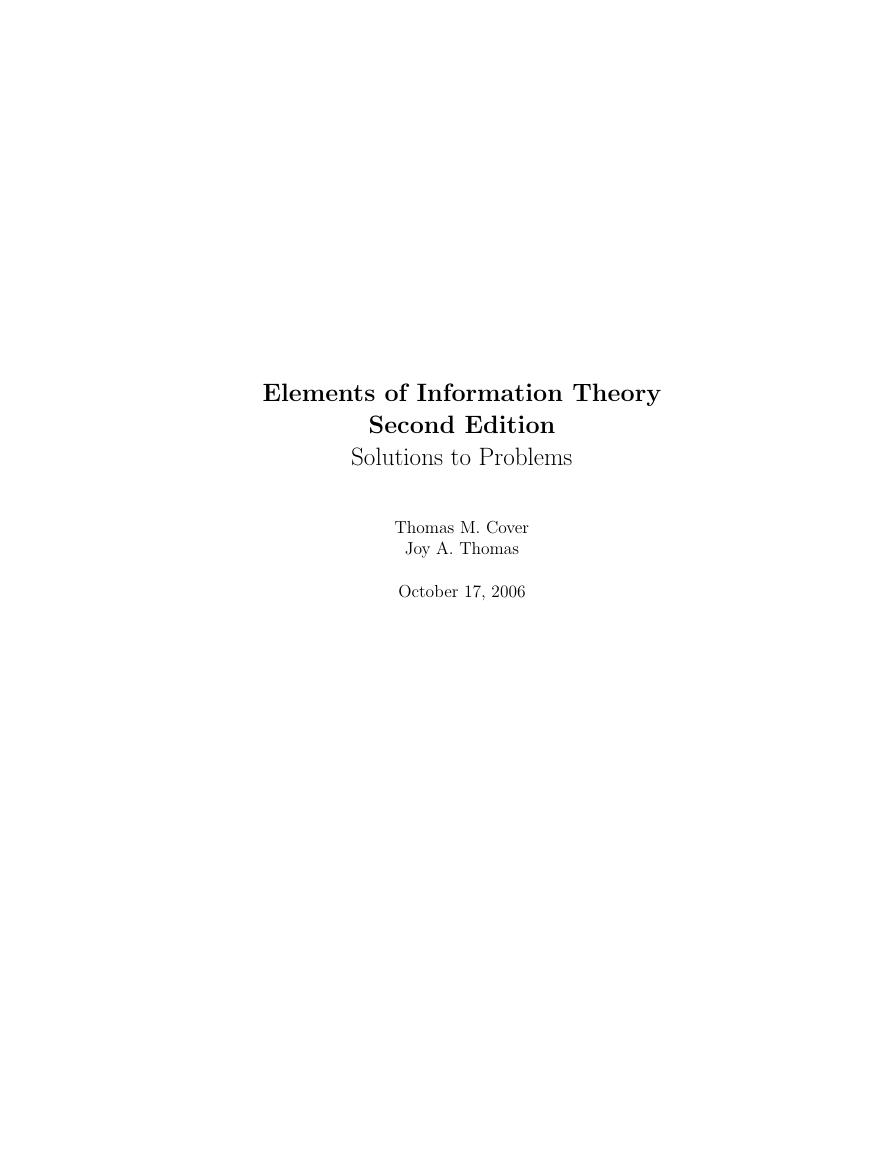
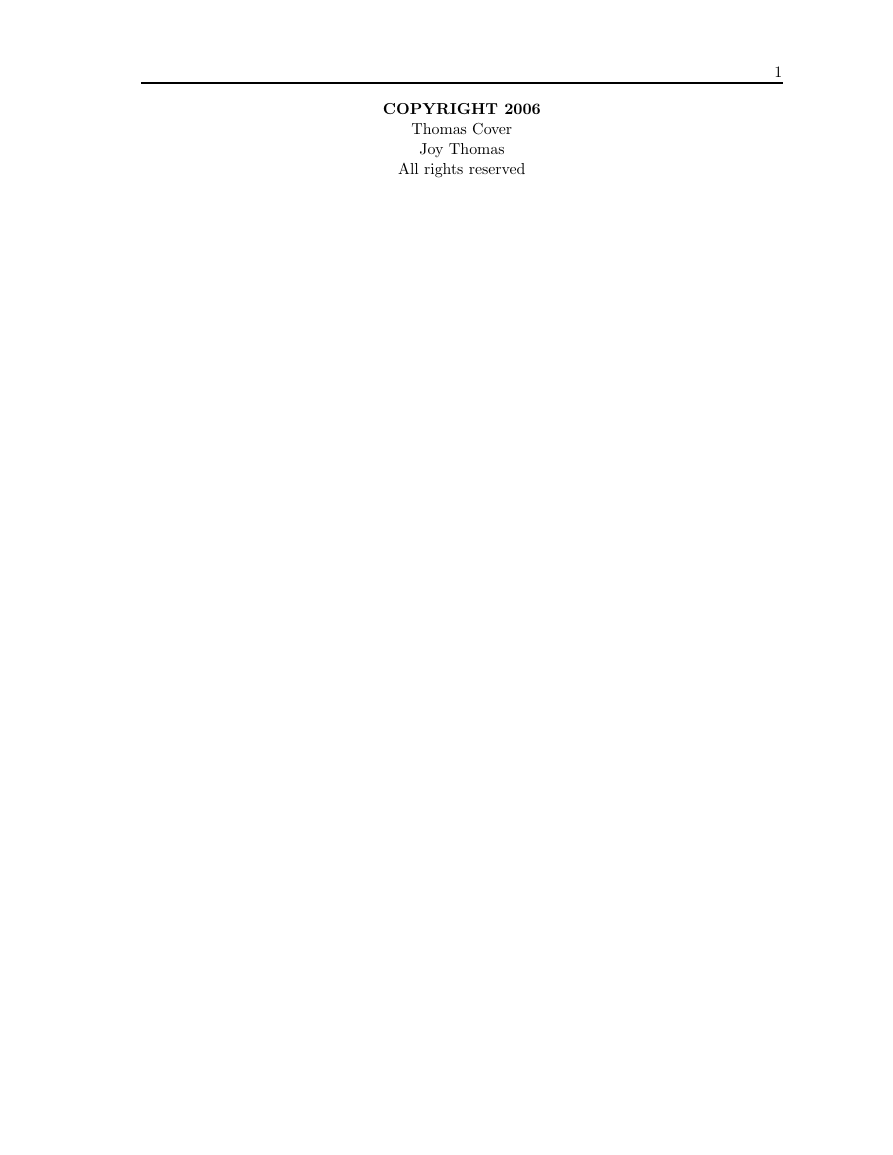

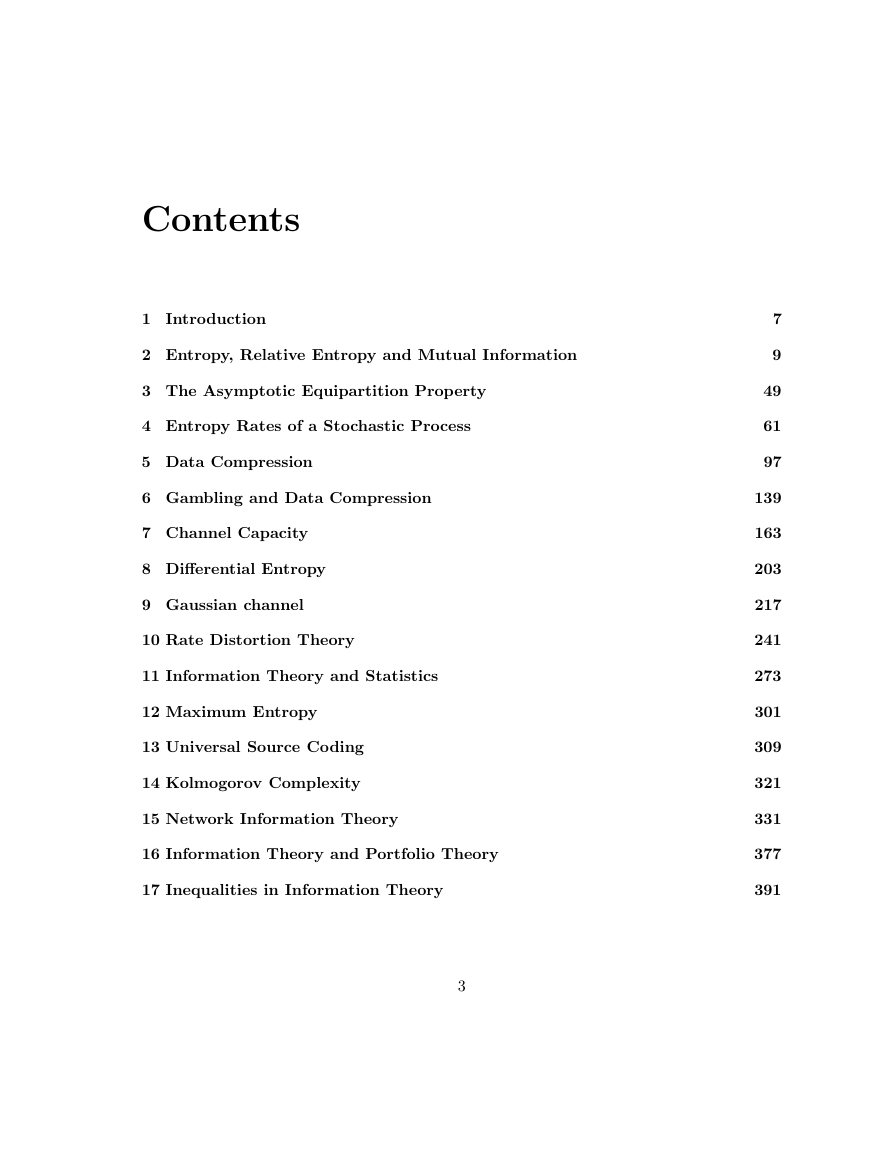

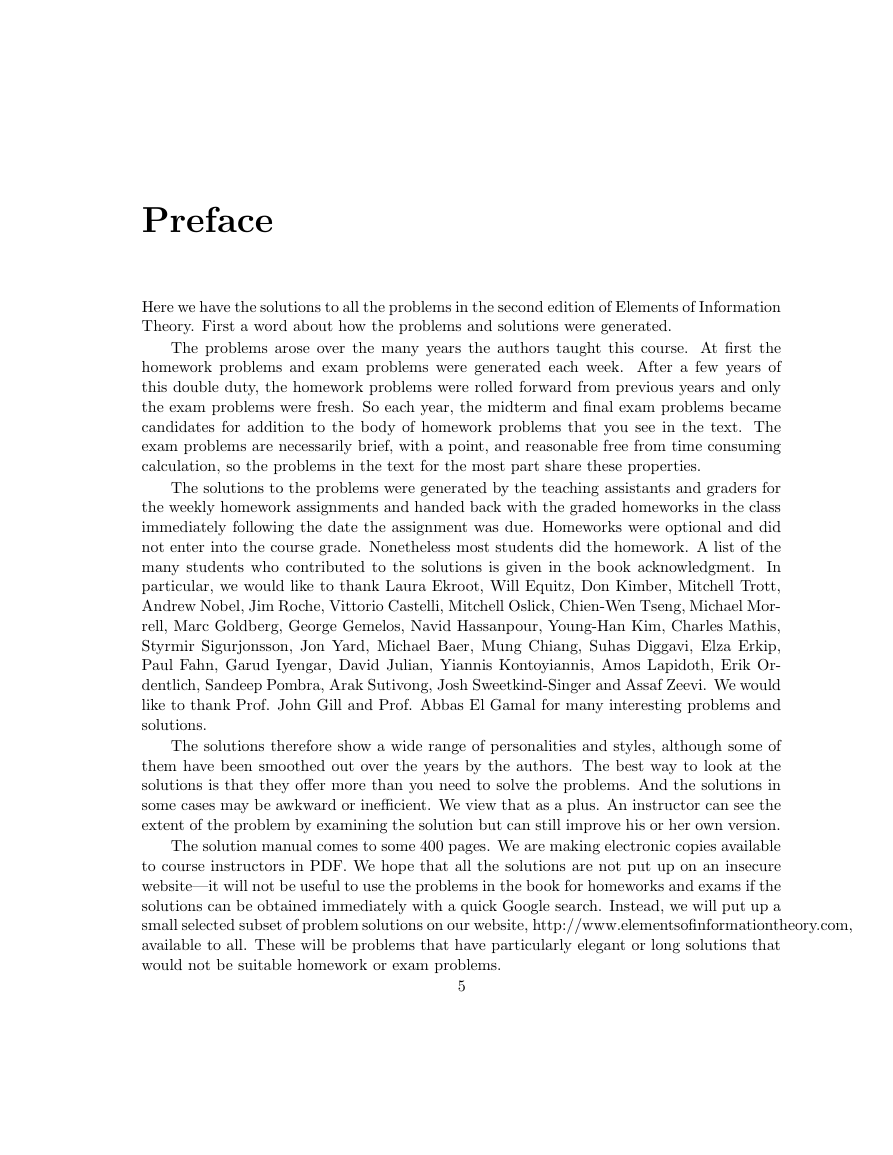
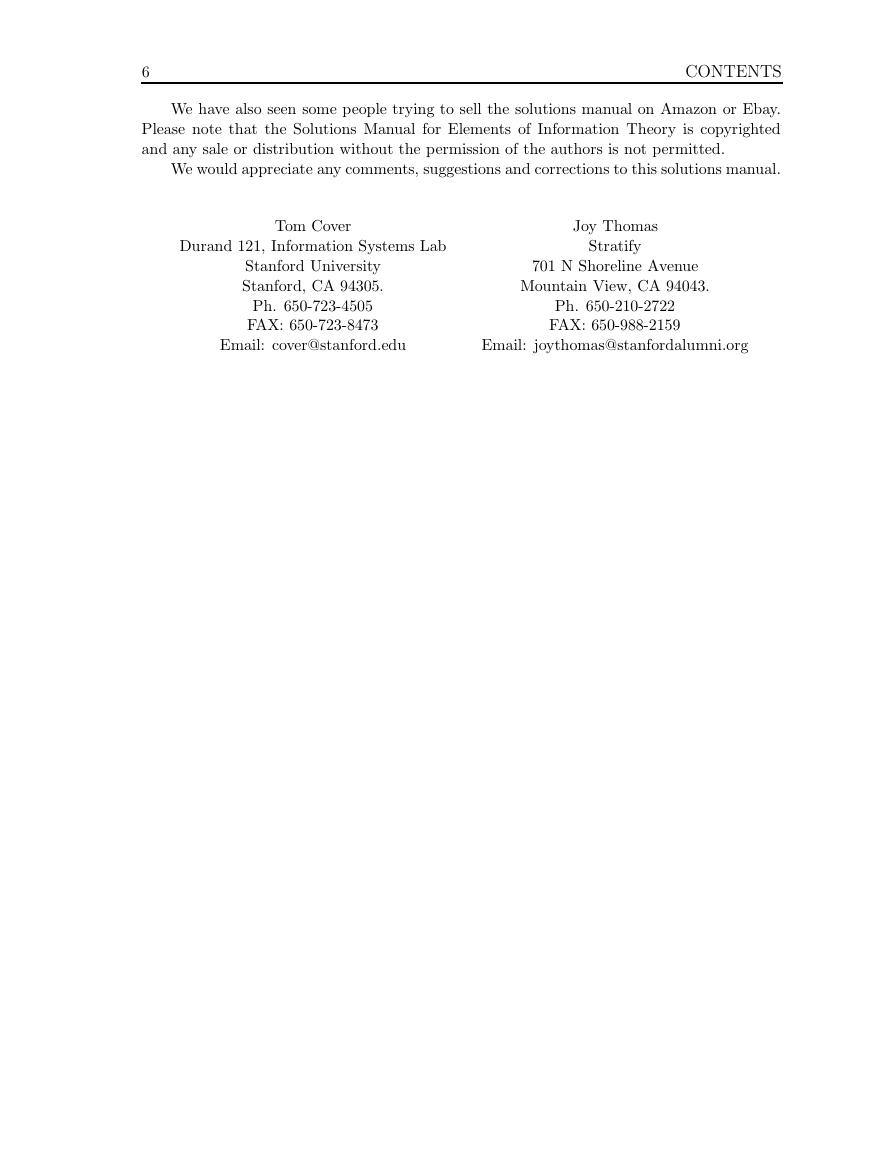
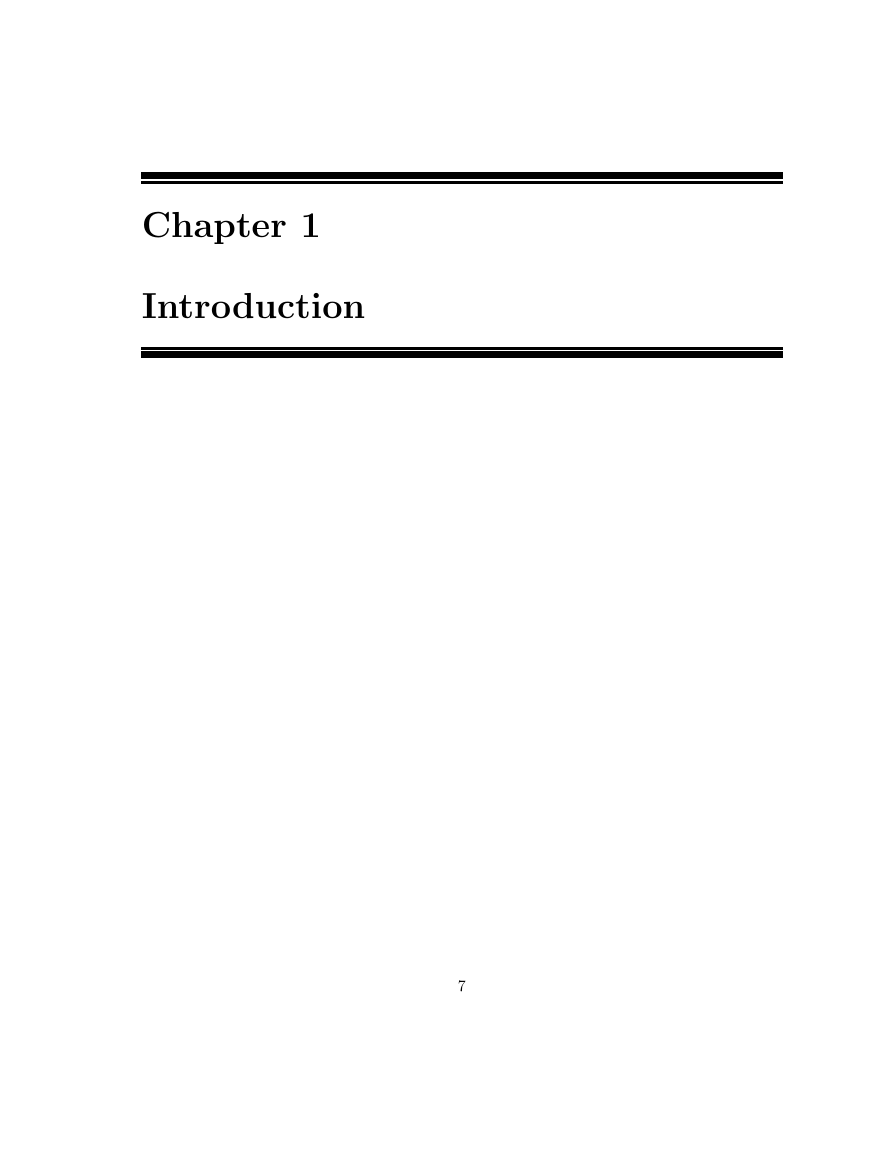








 2023年江西萍乡中考道德与法治真题及答案.doc
2023年江西萍乡中考道德与法治真题及答案.doc 2012年重庆南川中考生物真题及答案.doc
2012年重庆南川中考生物真题及答案.doc 2013年江西师范大学地理学综合及文艺理论基础考研真题.doc
2013年江西师范大学地理学综合及文艺理论基础考研真题.doc 2020年四川甘孜小升初语文真题及答案I卷.doc
2020年四川甘孜小升初语文真题及答案I卷.doc 2020年注册岩土工程师专业基础考试真题及答案.doc
2020年注册岩土工程师专业基础考试真题及答案.doc 2023-2024学年福建省厦门市九年级上学期数学月考试题及答案.doc
2023-2024学年福建省厦门市九年级上学期数学月考试题及答案.doc 2021-2022学年辽宁省沈阳市大东区九年级上学期语文期末试题及答案.doc
2021-2022学年辽宁省沈阳市大东区九年级上学期语文期末试题及答案.doc 2022-2023学年北京东城区初三第一学期物理期末试卷及答案.doc
2022-2023学年北京东城区初三第一学期物理期末试卷及答案.doc 2018上半年江西教师资格初中地理学科知识与教学能力真题及答案.doc
2018上半年江西教师资格初中地理学科知识与教学能力真题及答案.doc 2012年河北国家公务员申论考试真题及答案-省级.doc
2012年河北国家公务员申论考试真题及答案-省级.doc 2020-2021学年江苏省扬州市江都区邵樊片九年级上学期数学第一次质量检测试题及答案.doc
2020-2021学年江苏省扬州市江都区邵樊片九年级上学期数学第一次质量检测试题及答案.doc 2022下半年黑龙江教师资格证中学综合素质真题及答案.doc
2022下半年黑龙江教师资格证中学综合素质真题及答案.doc